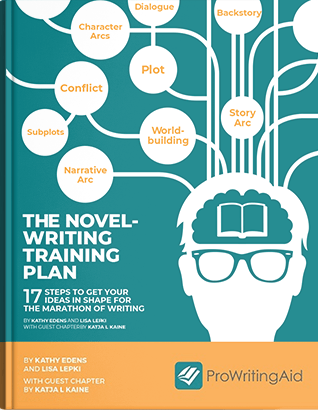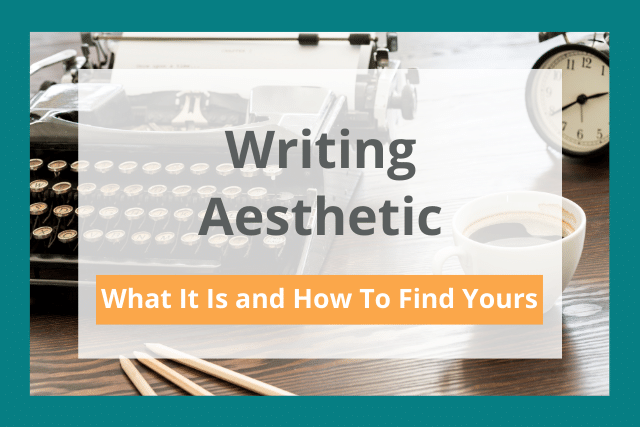
Every writer has an aesthetic, a vibe that is quintessential to their writing. But most writers aren’t fully aware of their writing aesthetic.
Writing is about more than putting words on a page. It’s about the feelings you evoke in your readers, the themes you explore, and writing habits you have.
Writers also have to find readers and sell their books. A writing aesthetic can be an important part of your author brand identity. It can help you reach your target audience and build a fanbase of readers who love your distinctive writing style.
Today, we’re exploring what a writing aesthetic is and how to identify yours.
What Is a Writing Aesthetic?
A writing aesthetic is the defining vibe of a writer’s work. It’s a combination of an author’s writing style, tone, themes, literary devices, and messages. All these things contribute to the overall feeling of a writer’s work.
Think about an author you love. How would you describe their writing? What feelings come to mind? This is their writing aesthetic.
Let’s look at a few examples of aesthetics from well-known authors.
Ernest Hemingway has one of the most identifiable writing styles. He utilizes stream-of-consciousness writing without flowery prose. He doesn’t over-explain themes or subtext. His writing persona is simplistic on the surface, with poignant depths below.

A more modern example is Nicholas Sparks. Sparks writes tear-jerking love stories. He focuses on the emotions of the characters over the plot, and he isn’t afraid to have a bittersweet, wistful ending. His writing aesthetic is emotive, often tragic, and romantic.
A writing aesthetic is a basic description of your overall vibe. It is not just a carefully curated Instagram feed or photo collage like you might see on Pinterest or Tumblr. These can certainly be part of your own aesthetic for marketing purposes, but they’re not required.
How to Find Your Writing Aesthetic
Hopefully, you’ve started to think about your writing and have a few ideas about your aesthetic. But finding your unique writing aesthetic can be difficult. It’s intrinsically you as a writer, so you often have to take a step back to analyze your work with fresh eyes.

There are a few steps you can take to find your personal writing aesthetic.
Analyze Your Writing Style
Writing styles have several elements. They can involve syntax, narrative structure, voice, sensory details, pacing, and more.
Part of a writer’s aesthetic relates to the structure of their prose. You might be on the Hemingway end of the spectrum, with no excess words and a simplistic grammar structure. Or, you might be closer to the Romantic-era end, with verbose, flowery paragraphs.
Pay attention to your strengths in writing. Do you excel at imagery and evoking the senses? Are you particularly skilled at internal dialogue or character development?
Check out the literary devices you use, as well. Every writer has literary devices they use more than others. Here are a few examples of literary devices:
- Anaphora
- Alliteration
- Litotes
- Hyperbole
- Allegory
- Irony
- Juxtaposition
- Personification
When you analyze your work for literary devices and stylistic choices, notice what effect the characteristics of your writing style have on your overall voice and tone. This will help you understand your writing aesthetic on a deeper level.
Pay Attention to Themes
Take a look at your stories (or even unwritten story ideas) and look for common elements. What themes do you weave into your stories? Are there ideas you come back to time and time again?
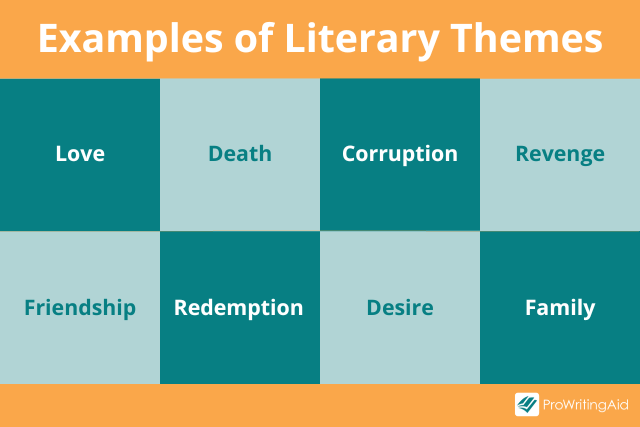
You can also find these themes in books you love to read and movies or shows you enjoy watching. The themes that call to you can say a lot about your author aesthetic.
These themes will come with their own sets of associated emotions. For example, the theme of found family evokes hopefulness, while themes of loss evoke sadness.
Compare Yourself to Other Writers
You have to be careful when comparing yourself to other writers, or you’ll quickly fall into a trap of self-doubt and imposter syndrome.
But comparing your writing to other authors can be helpful in determining your unique writing aesthetic. Don’t focus on what you’re doing wrong. Instead, focus on the traits you have in common.
ProWritingAid can compare your writing style to famous authors. In your settings, select an author from the drop-down list under Comparison Settings. You can choose from dozens of authors, such as Agatha Christie, Dan Brown, John Steinbeck and Sarah J. Maas. You can then compare everything from dialogue to sentence lengths.
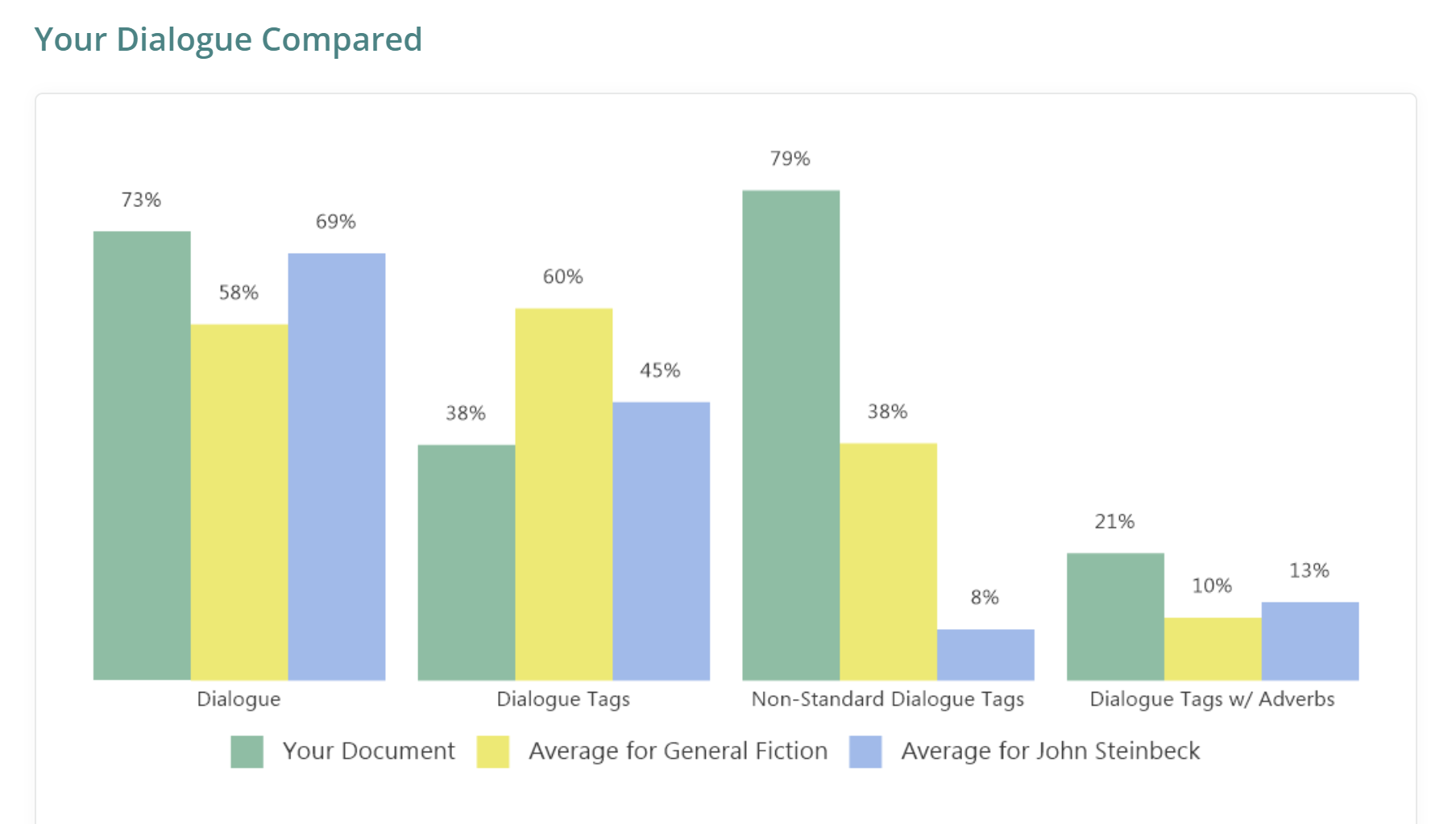
Once you select the author, you can get a side-by-side comparison of your writing and theirs in the Summary Report. You can change which author you’re comparing at any time.
If you know who you write like, you can explore that author’s work and reviews to discover their writing aesthetic. See how people describe them to help you decide how to describe your aesthetic.
Do You Want to Perfect Your Writing Style?
ProWritingAid is free to use and can help you hone your unique writing aesthetic. Try it for free today!
25 Book Writing Aesthetic Ideas
You can explain your writing aesthetic with descriptors. Choosing two or three adjectives that describe your personal writing aesthetic is a great way to help others understand who you are as a writer and what they can expect from your books.
Below are 25 adjectives that might fit your writer aesthetic.
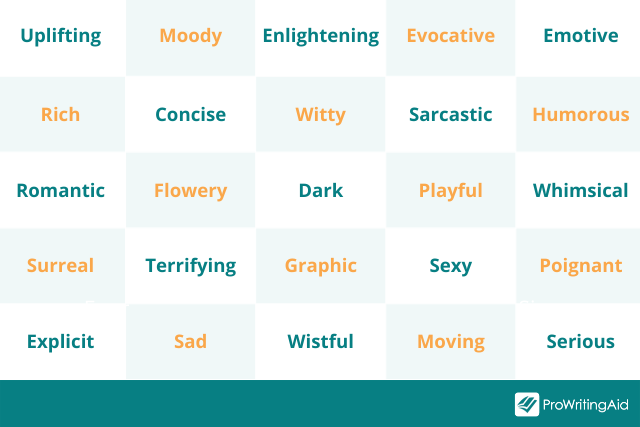
You can also describe your aesthetic with a nod to well-known authors and books, such as “Tolkien-esque” or “in the vein of Pride and Prejudice.”
Why You Should Find Your Writing Aesthetic
Your writing aesthetic matters for a few reasons. First, it can help you focus your writing and help you stay true to who you are.
It can also help you build your brand. Your writing aesthetic is what readers will expect from your books. Describing your aesthetic in your branding will help you find readers who will love your writing.
It can also help you if you choose to query your book. Your writing aesthetic is a great way to help sell the feeling of your book, so an agent knows what to expect.
Take some time to sit down with your writing and find your writing aesthetic. Don’t try to fit into a mold of what sort of author you think you should be. Instead, find out who you already are—there are readers out there who will love you for it.

